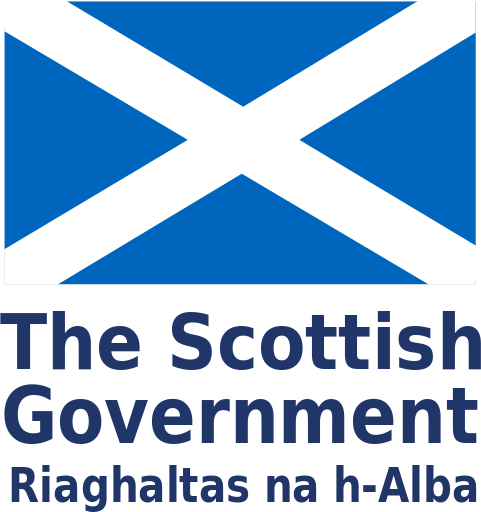Recurring topics in this subject are listed below as topic loops. These are short tutorials explaining key concepts. When working through the cases links to these topic loops will appear at the bottom of the page.

Adherence
Introduction There have been a number of terms used to describe how well patients take their medicines. You may be...

Alcohol
Introduction There is no ‘safe’ limit of alcohol intake. The risk of developing a range of illnesses increases with any amount...

Anticoagulation
Introduction to anticoagulation Please note that this Topic Loop is under review and will be updated shortly to reflect the...

Antiplatelet therapy
Introduction Please note that this Topic Loop is under review and will be updated shortly to reflect the latest National...

Arterial dissection
Introduction If the inner lining (intima) of an artery tears, spontaneously or due to trauma), blood can travel into the...

Atrial fibrillation
Introduction Atrial fibrillation (AF) is common and becomes more common with increasing age It is often caused by heart disease...

Atrial myxoma
Introduction A very rare tumour usually in the left atrium Usually benign but can be malignant Pieces of the tumour,...

Bacterial endocarditis
Introduction Infection on heart lining or valves which have a poor blood supply and so often cannot get rid of...

Behaviour change
Introduction Choosing a healthy lifestyle promotes an individual’s chances of good health An individual’s lifestyle behaviour is influenced by values...

Blood pressure reduction
Introduction to blood pressure lowering medication Medication to lower blood pressure should be considered for secondary prevention after either ischaemic...

Brief interventions
Introduction Brief interventions may be used to give individuals an opportunity to consider their lifestyle behaviours and the effect these...

Carotid intervention
Introduction Atheromatous narrowing, or stenosis, of the internal carotid artery is a common cause of stroke and TIA. It can...

Central Post Stroke Pain (CPSP)
Since Dejerine and Roussy’s description of central pain (CP) after thalamic stroke in 1906, thalamic pain has been the best-known...

Cholesterol reduction
Introduction Increased cholesterol is associated with increased risk of future vascular events Statins should be considered after ischaemic stroke to...

Clinical audit
What is Clinical Audit? Clinical audit is the process used by health professionals to assess, evaluate and improve the care...

Clinical standards
What are the Clinical Standards for Stroke Care in Scotland? Scottish Stroke Care Standards NHS Quality Improvement Scotland (NHS QIS)...

Diabetes management following stroke
Introduction to diabetes To diagnose diabetes accurately one needs to understand the glucose levels that are associated with impaired glucose...

Diet
Diet and secondary prevention of stroke Scotland’s diet is a major cause of poor health in the country. The Scottish...

Evidence
Evidence in its broadest sense includes everything that is used to determine or demonstrate the answers to our clinical questions....

Evidence based guidelines
What are Evidence based guidelines? Evidence-based guidelines are collections of statements which recommend how patients with certain conditions should be...

Giant cell arteritis
Introduction Giant cell arteritis: A disease which occurs in people over 50 yrs and more often much older – it...

Headache after stroke
Overall prevalence 25 – 60% Ischaemic stroke 25 – 30% Haemorrhagic stroke 34 – 60% Headache after stroke or TIA...

Health and weight
Introduction Obesity is a major public health concern in Scotland and levels continue to rise. Being overweight increases your risk...

Improving patient care
Introduction to Quality Improvement Using the outputs of audit coupled with the evidence from research, guidelines and standards the stroke...

Mood screening
When should you screen for mood disturbance? RCP Guidelines (2016) recommend that all stroke patients should be screened for mood...

Patent foramen ovale
Introduction A patent foramen ovale (PFO) is present in all babies prior to birth (to allow blood to by-pass the...

Physical activity
Headlines ...

Recreational drug use and risk of stroke
Recreational drug use and association with stroke The term recreational drugs refers to illegal and prescribed medications that are used...

Research
Research can give us the answers to our questions about how to deliver high quality stroke care There are different...

Smoking
Evidence of stroke risk Smoking is a significant public health issue in Scotland and a leading cause of preventable ill...

Understanding risk
Risk of stroke after TIA / minor stroke The red men represent people having strokes. 10 people will have a...

All Advanced Modules
01: Hyperacute stroke treatments including thrombolysis and thrombectomy 02: Physiological monitoring following stroke 03: Nutrition, hydration and swallowing issues following...

All Core Competencies
1: Causes of stroke 2: Signs and symptoms of stroke 3: Reducing the risk of stroke 4: Specialist care 5:...
Page last reviewed: 22 Apr 2022

